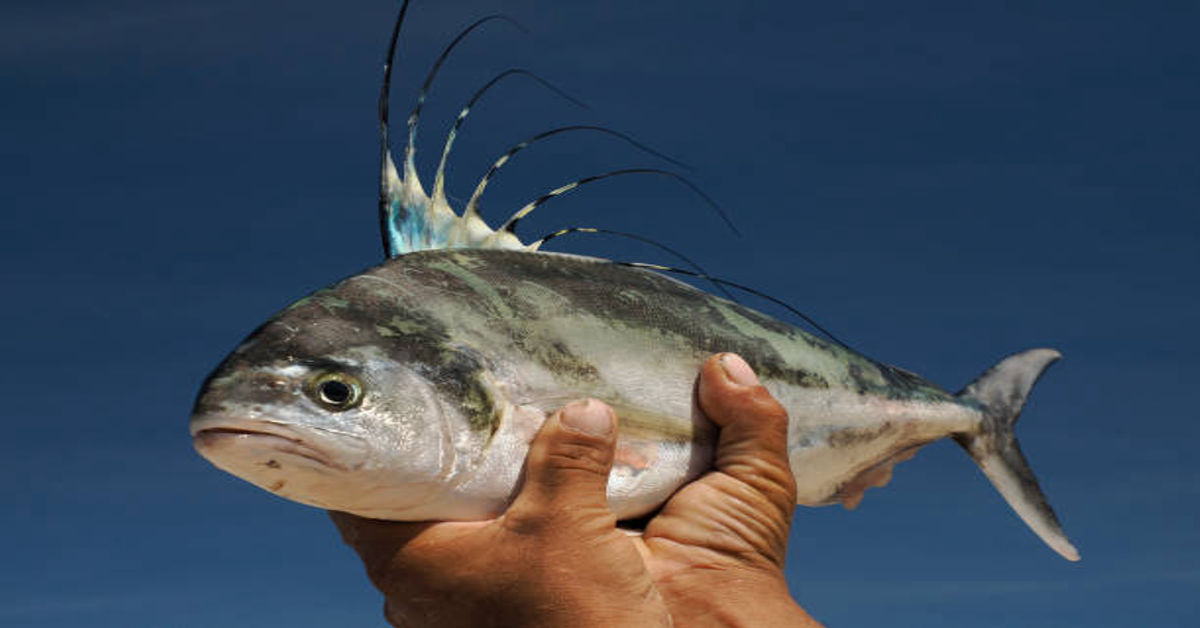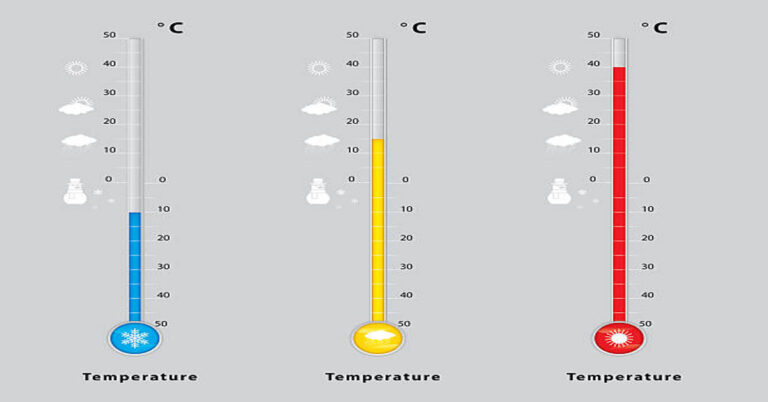
The roosterfish (Nematistius pectoralis) is one of the most striking and prized fish species found along the warm Pacific coasts of the Americas. Recognized by its iconic dorsal fin—resembling a rooster’s comb—this fish captures the admiration of anglers and marine enthusiasts worldwide. Though it’s not the most common fish to appear on restaurant menus, the roosterfish holds immense importance in sport fishing, marine ecology, and local tourism industries. This article provides an in-depth exploration of the roosterfish’s biology, habitat, feeding habits, life cycle, fishing practices, and ecological significance.
1. Introduction to the Roosterfish
The roosterfish belongs to the family Nematistiidae and is the sole representative of its genus, Nematistius. It is native to the eastern Pacific Ocean, ranging from the Gulf of California down to Peru. Its unique name stems from its vivid dorsal spines, which resemble the upright feathers of a rooster’s comb when raised. These elongated spines can reach up to 30 centimeters in length and play both a defensive and communicative role.
Rooster-fish are popular targets for catch-and-release anglers due to their size, power, and dramatic fighting ability. They are known for their explosive runs, acrobatic jumps, and intelligence when hooked. While not typically valued for their flavor, their prestige as a sport fish makes them one of the most sought-after catches in tropical waters.
2. Physical Characteristics of the Roosterfish
The rooster-fish has a distinctive body shape and coloration that makes it stand out from other coastal predatory fish. Its appearance reflects both its predatory lifestyle and adaptation to warm, nearshore environments.
| Feature | Description |
|---|---|
| Scientific Name | Nematistius pectoralis |
| Common Name | Roosterfish |
| Family | Nematistiidae |
| Body Shape | Elongated, compressed body with a slightly arched back |
| Coloration | Silver-blue body with dark vertical stripes and a metallic sheen |
| Dorsal Fin | Seven long spines resembling rooster feathers |
| Average Length | 2.5 to 4 feet (75–120 cm) |
| Maximum Recorded Length | 5.6 feet (1.7 meters) |
| Average Weight | 20–50 pounds (9–23 kg) |
| Maximum Weight | Up to 110 pounds (50 kg) |
| Lifespan | Estimated 10–15 years in the wild |
The roosterfish’s color pattern acts as a form of camouflage in coastal waters. Its silver flanks reflect sunlight, helping it blend into the shimmering surface, while the dark stripes break up its outline against the seabed or reefs. The dorsal spines can be raised when the fish feels threatened or during aggressive interactions.
3. Natural Habitat and Distribution
Rooster-fish thrive in warm, tropical, and subtropical waters of the Eastern Pacific Ocean. Their preferred range extends from Baja California in Mexico down to northern Peru, including the coastal waters of Costa Rica, Panama, Ecuador, and Colombia.
They inhabit nearshore environments, often frequenting areas such as:
- Shallow sandy beaches and surf zones
- Rocky points and outcrops
- Coral reefs and submerged structures
- Estuaries and mangrove-lined lagoons
Rooster-fish are highly migratory and exhibit coastal residency patterns. They tend to follow baitfish schools along the shoreline and may travel several kilometers daily in search of food. They prefer water temperatures between 25°C and 30°C (77°F–86°F) and are typically found in depths ranging from 1 to 60 meters (3–200 feet).
Their presence close to shore makes them accessible to both boat and surf anglers, adding to their popularity in sport fishing tourism.
4. Behavior and Social Structure
Roosterfish are solitary hunters by nature, though they occasionally form small, loose groups when chasing abundant baitfish schools. Their hunting behavior is both strategic and energetic, characterized by bursts of acceleration and precision attacks.
Key Behavioral Traits:
- Ambush Hunting: Roosterfish often patrol the surf zone, using waves and currents to ambush prey.
- Surface Activity: They are surface feeders and can sometimes be seen chasing baitfish, creating dramatic splashes.
- Intelligence: They exhibit cautious behavior around lures and bait, learning to avoid hooks after encounters.
- Territorial Nature: Mature roosterfish may defend feeding territories, especially near reefs or rocky structures.
Roosterfish are also known for their spectacular acrobatics when hooked. Anglers often describe them as one of the strongest fighters per pound, capable of long, fast runs and unpredictable movements.
5. Diet and Feeding Habits
Roosterfish are opportunistic carnivores, feeding mainly on smaller fish and occasionally crustaceans. Their feeding strategy depends heavily on sight, which is why they prefer clear coastal waters with abundant sunlight.
Primary Diet Components:
| Prey Type | Examples | Feeding Strategy |
|---|---|---|
| Baitfish | Sardines, anchovies, mullet, herring | Ambush from below and chase near the surface |
| Small Reef Fish | Grunts, jacks, snappers | Corner prey against rocks or reefs |
| Crustaceans | Shrimp, small crabs | Forage near sandy bottoms |
| Cephalopods | Small squid | Opportunistic feeding during low light |
Roosterfish use their sharp vision and speed to hunt. Their elongated dorsal spines may even play a sensory role, helping detect vibrations in the water. During feeding frenzies, they are known to chase prey into shallow surf zones, creating spectacular churning activity visible from the beach.
6. Life Cycle and Reproduction
Much of the roosterfish’s reproductive biology remains understudied due to its migratory nature and lack of commercial harvest. However, marine biologists have identified key reproductive behaviors and patterns.
- Breeding Season: Typically occurs during warmer months (spring to late summer), when coastal water temperatures rise.
- Spawning Grounds: Likely occur in shallow coastal areas and estuaries, offering protection for eggs and larvae.
- Fertilization: External; females release eggs into open water where males fertilize them.
- Egg and Larval Stage: Eggs float in the pelagic zone, hatching within a few days. The larvae drift with ocean currents, feeding on plankton until they grow large enough to migrate toward the shore.
Juvenile roosterfish often inhabit estuaries and protected lagoons, which serve as nursery grounds with fewer predators and abundant food sources.
7. Ecological Role and Importance
Roosterfish play a vital role in maintaining the balance of coastal ecosystems. As apex or mesopredators, they regulate populations of smaller fish species, preventing overgrazing of plankton and maintaining healthy coral reef systems.
Their presence also indicates good water quality and biodiversity, as they thrive in clean, oxygen-rich coastal habitats. In addition to ecological significance, roosterfish contribute to eco-tourism and sport fishing economies, especially in Mexico, Costa Rica, and Panama, where catch-and-release fishing is promoted as a sustainable practice.
8. Roosterfish and Sport Fishing
Among anglers, the roosterfish is one of the most celebrated catches in the eastern Pacific. Its strength, beauty, and rarity make it a trophy species.
Popular Fishing Locations:
| Country | Notable Fishing Areas |
|---|---|
| Mexico | Baja Peninsula, Sea of Cortez, Mazatlán |
| Costa Rica | Gulf of Nicoya, Tamarindo, Osa Peninsula |
| Panama | Coiba Island, Gulf of Chiriquí |
| Ecuador | Santa Elena Coast, Manta |
| Peru | Tumbes Region |
Best Fishing Seasons:
Roosterfish are most active between May and November, coinciding with the warmer water temperatures and baitfish migrations.
Fishing Techniques:
| Method | Description |
|---|---|
| Live Bait Fishing | Using live sardines, mullet, or bonito near surf zones |
| Popping and Spinning | Casting surface poppers or stickbaits to mimic fleeing baitfish |
| Fly Fishing | Targeting roosterfish with large streamers in shallow water |
| Trolling | Pulling bait or artificial lures behind a boat near reefs and drop-offs |
Catch-and-Release Ethics:
Since roosterfish are not considered good table fare, responsible anglers often practice catch and release. Proper handling techniques include keeping the fish in water during photo sessions and avoiding gill or jaw damage.
9. Roosterfish in Local Culture and Economy
In coastal communities of Mexico and Central America, the roosterfish holds symbolic and economic importance. It appears in local folklore, artworks, and tourism branding, representing strength and freedom. Charter fishing operations depend heavily on the seasonal presence of roosterfish to attract international anglers, contributing significantly to local economies.
In places like Costa Rica and Baja California, the species has inspired numerous fishing tournaments, conservation programs, and marine education initiatives, emphasizing sustainable practices and habitat protection.
10. Conservation Status and Threats
The roosterfish is not listed as endangered by the International Union for Conservation of Nature (IUCN). However, certain localized pressures could threaten its long-term stability if left unmonitored.
Major Threats:
- Habitat Degradation: Coastal development, pollution, and mangrove destruction reduce nursery habitats.
- Bycatch: Accidental capture in gillnets and longlines meant for other species.
- Overfishing of Prey Species: Excessive harvest of sardines and anchovies impacts roosterfish food supply.
- Tourism Pressure: Improper handling during recreational fishing may cause post-release mortality.
Conservation Efforts:
- Promotion of catch-and-release fishing regulations.
- Creation of marine protected areas (MPAs) in key habitats.
- Implementation of education campaigns for sustainable angling.
- Research programs to study reproductive biology and population dynamics.
Sustaining roosterfish populations depends on maintaining healthy coastal ecosystems and regulating human impacts on their natural environment.
11. Nutritional and Culinary Aspects
Roosterfish are not commonly targeted for consumption due to their tough texture and strong flavor. However, in regions where they are occasionally eaten, the flesh is usually prepared by grilling, smoking, or stewing after thorough cleaning and marination.
Approximate Nutritional Profile (Per 100g Cooked Flesh)
| Nutrient | Value |
|---|---|
| Calories | 110 kcal |
| Protein | 23 g |
| Fat | 1.5 g |
| Omega-3 Fatty Acids | Moderate |
| Cholesterol | 55 mg |
| Sodium | 70 mg |
While edible, roosterfish meat is not as palatable as species like snapper, mahi-mahi, or tuna. Therefore, they are more valuable alive in the ocean as sport fish than on the dinner table.
12. Comparison with Other Game Fish
| Species | Habitat | Average Size | Fight Strength | Food Value |
|---|---|---|---|---|
| Roosterfish | Coastal Pacific | 20–50 lbs | Excellent | Low |
| Dorado (Mahi-Mahi) | Open ocean | 15–40 lbs | Very good | Excellent |
| Tuna | Offshore deep waters | 30–100 lbs | Outstanding | Excellent |
| Jack Crevalle | Coastal, estuaries | 10–30 lbs | Strong | Moderate |
| Snook | Mangrove areas | 10–25 lbs | Good | Excellent |
This comparison shows why the roosterfish is cherished mainly for sporting challenge rather than culinary appeal.
13. Fun Facts about Roosterfish
- The roosterfish is the only member of its family, Nematistiidae.
- It can swim at speeds exceeding 50 km/h (31 mph) during pursuit.
- The seven long dorsal spines can be raised independently to signal dominance or fright.
- Roosterfish are sensitive to low salinity, avoiding brackish water during heavy rains.
- They are known to leap from the water when chasing bait—an unforgettable sight for onlookers.
14. The Future of Roosterfish Populations
Sustainable management of roosterfish populations depends on continued research, regulation of coastal development, and promotion of responsible angling. Because they occupy nearshore ecosystems, they are particularly vulnerable to habitat disturbances such as runoff pollution, sedimentation, and climate change-induced warming.
Community-based conservation programs in Costa Rica and Baja have demonstrated that protecting roosterfish habitats also enhances local fisheries, tourism income, and biodiversity. Collaborative efforts among scientists, anglers, and coastal residents will be vital in ensuring that this majestic fish continues to thrive for generations to come.
15. Conclusion
The roosterfish is far more than just a striking creature of the Pacific—it is a symbol of wild ocean beauty, power, and resilience. Its iridescent body, comb-like dorsal fin, and fearless hunting style capture the imagination of anyone lucky enough to witness it in action. Though not valued for its taste, it remains an invaluable species for sport fishing, marine biodiversity, and coastal economies.
By understanding its ecology, respecting its habitat, and practicing responsible fishing, humans can ensure that the roosterfish remains a thriving part of the oceanic ecosystem. This majestic fish stands as a reminder of how rich and diverse marine life can be—and how essential it is to protect it.
FAQs
1. Where can you find roosterfish?
Roosterfish are found in the eastern Pacific Ocean, from the Gulf of California in Mexico down to Peru. They inhabit shallow coastal waters, sandy beaches, and rocky reefs.
2. Are roosterfish good to eat?
While edible, roosterfish are not highly prized for their taste. Their flesh is often tough and has a strong flavor, making them more valuable as a catch-and-release sport fish.
3. What is the best bait for roosterfish?
Live bait such as mullet, sardines, or bonito works best. Artificial lures like poppers and stickbaits also attract them when fished near the surface.
4. How big can a roosterfish get?
Roosterfish typically grow between 2.5 and 4 feet in length, but some individuals can reach up to 5.6 feet and weigh over 100 pounds.
5. Why is it called a roosterfish?
The name comes from its unique dorsal fin, which has seven long spines that stand upright like the comb of a rooster when raised.





